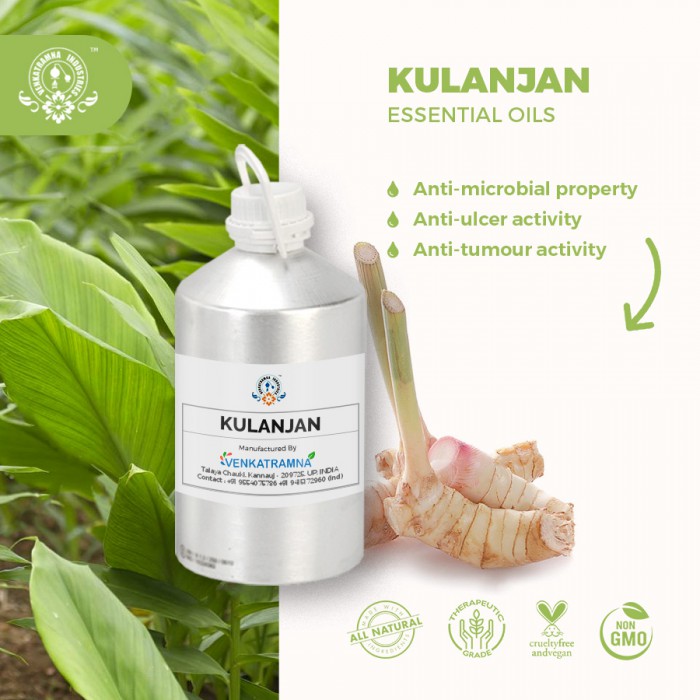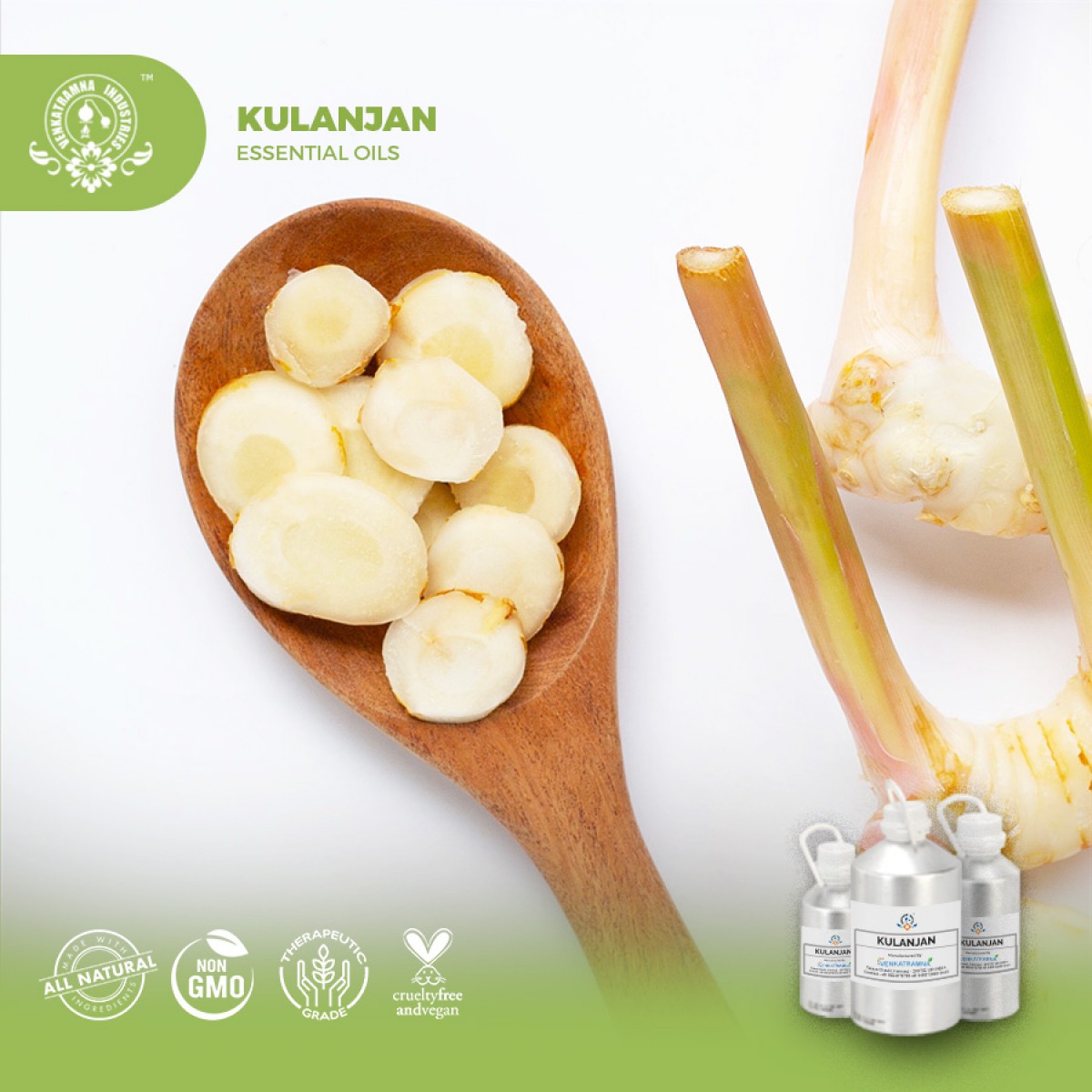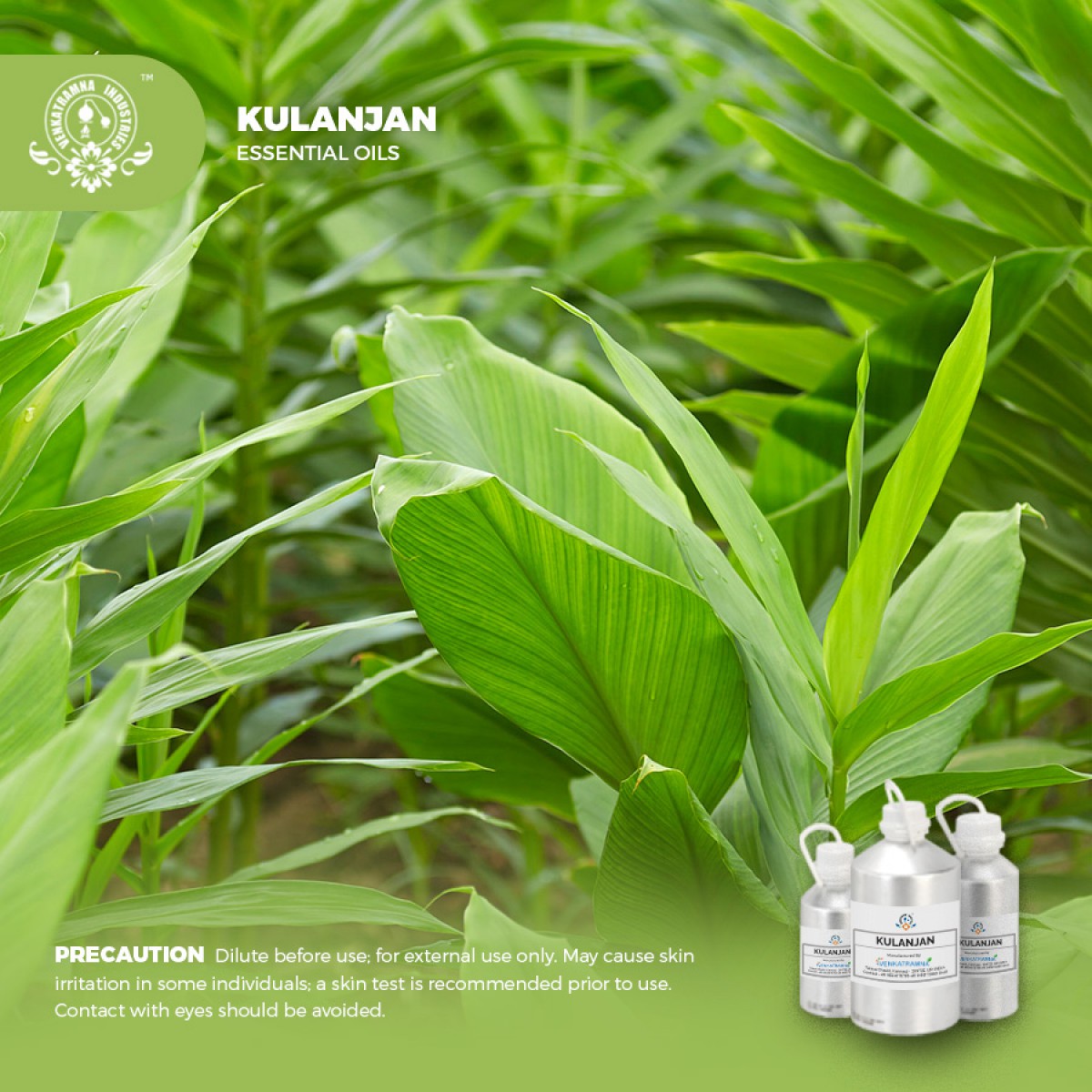Botanical Name: Alpinia galanga (Linn) Common name: Galangal Plant Read More
|
Botanical Name: |
Alpinia galanga
(Linn) |
|
Common name: |
Galangal |
|
Plant family: |
Zingiberaceae |
|
Genus: |
Alpinia |
|
Appearance/Color: |
Yellow to olive
brown liquid |
|
Odor: |
Highly aromatic strong
spicy flavor |
|
Blends With: |
Camphor and
Ylang-Ylang |
|
Origin: |
Indonesia |
|
Source: |
Rhizomes |
|
Method of
Extraction: |
Steam Distillation |
Greater galangal grows to a
height of 1.8 m and has long, elegant, blade-like leaves. The flowers are green
and white with red tips. Rhizome is built up from cylindrical subunits (circular
cross-section), whose pale-reddish surface is characteristically cross-striped
by reddish-brown, small rings. The interior has about the same color as the
skin and is hard and woody in texture.
The plant grows from rhizomes in
clumps of stiff stalks up to 2 m in height with abundant long leaves that bear
red fruit. It is native to South Asia and Indonesia and cultivated in Malaysia,
Laos and Thailand. A. galanga is the galangal used most often in
cookery. The robust rhizome has a sharp, sweet taste and smells like a blend of
Black pepper and pine needles. The red fruit is used in traditional Chinese
medicine and has a flavor similar to cardamom.
Kulanjan Oil comes from an erect robust perennial herb. The oil is extracted through steam distillation process from the dried part of roots.
DISCLAIMER
The complete range of conditions
or methods of use are beyond our control therefore we do not assume any
responsibility and expressly disclaim any liability for any use of this
product. Information contained herein is believed to be true and accurate however,
all statements or suggestions are made without warranty, expressed or implied,
regarding accuracy of the information, the hazards connected with the use of
the material or the results to be obtained from the use thereof. Compliance
with all applicable federal, state, and local laws and local regulations
remains the responsibility of the user.
The FDA has not evaluated the
statements on this website. No claims are made by Venkatramna Industries as to
the medicinal value of any products from vriaroma.com or by us. The information
presented here is for educating our customers about the traditional uses of
essential oils and is not intended to diagnose, treat, cure, or prevent any
disease. You are responsible for understanding the safe application of these products.
If you have any questions, please call or email us for further information.
As per NAHA guidelines, New Directions Aromatics (NDA) does not recommend the ingestion of essential oils. It is imperative to consult a medical practitioner before using Essential Oils for therapeutic purposes. Pregnant and nursing women and those taking prescription drugs are especially advised not to use this product without the medical advice of a physician. The oil should always be stored in an area that is inaccessible to children, especially those under the age of 7.
Kulanjan oil is well recognized for its anti-microbial, anti-ulcer and other medicinal properties; it is useful in various lipid disorders especially atherosclerosis. Galangal rhizome is used against rheumatism, bronchial catarrh, bad breath and ulcers whooping colds in children, throat infections, to control incontinence and fever. Alpinia species show promise as anti-fungal, hypertensive’s, enhancers of sperm count and motility.
Kulanjan
oil in Pharma
Anti-tumour and anti-dementia effects have been observed in rodents. Used
in dyspepsia, fevers, incontinence of urine and also advocated in diabetes
mellitus and said to diminish quantity of urine.
Essence of Kulanjan oil
It is used to destroy bad smell in the mouth and
from other parts of body and to improve the voice in throat affections.
COMMON
USAGE
·
Anti-microbial property,
·
Anti-ulcer activity,
·
Anti-tumor activity,
·
Anabolic effects and
·
Anti-hepatotoxic effects
·
It is useful in various lipid disorders
especially atherosclerosis.
Ingredients:
|
S.No |
Key Constituents |
Strength (%) |
|
1 |
1,8-Cineole |
49.6 |
|
2 |
b-Pinene |
6.6 |
|
3 |
a-Pinene |
5.8 |
|
4 |
a-Terpineol |
5.0 |
|
5 |
Camphene |
4.6 |
|
6 |
(þ)-Limonene |
4.0 |
|
7 |
d-Cadinene |
2.5 |
|
8 |
g-Cadinene |
2.1 |
|
9 |
Terpinen-4-ol |
1.9 |
|
10 |
p-Cymene |
1.6 |
|
11 |
(E)-a-Bergamotene |
1.6 |
|
12 |
Camphor |
1.0 |
TOXICOLOGICAL
INFORMATION
Safety summary
·
Hazards: Essential oils high in
1,8-cineole can cause CNS and breathing problems in young children.
·
Cautions: Do not apply to or near the
face of infants or children
Regulatory guidelines: Has GRAS status.
Organ-specific effects
·
Adverse skin reactions: No information
·
Reproductive toxicity: The low
reproductive toxicity of 1,8-cineole, and monoterpenes such as a-pinene and
(þ)-limonene. Suggest that lesser galangal oil is not hazardous in pregnancy
Systemic effects
·
Acute toxicity: Acute toxicity No
information found for lesser galangal oil. 1,8-Cineole has been reported to
cause serious poisoning in young children when accidentally instilled into the
nose.
·
Carcinogenic/anticarcinogenic potential: Lesser
galangal oil showed moderate chemo preventive activity against human mouth
epidermal carcinoma (KB) cells and significant activity against mouse leukemia
cells, with respective IC50 values of 0.722 and 0.083 mg/mL. Galangal rhizome
oil (type unspecified) significantly induces glutathione S-transferase activity
in mouse tissues. The oil contains no known carcinogens. 1,8-Cineole is
non-mutagenic and shows no evidence of carcinogenesis in rodents; (þ)-limonene
is anticarcinogenic.
ECOLOGICAL
INFORMATION
·
Aquatic Toxicity: No data available
·
Bioaccumulation: No data available
·
Mobility in soil: No data available
·
Persistence and degradability: No data available
·
PBT and vPvB assessment: No data available





 MSDS-Kulanjan.pdf
MSDS-Kulanjan.pdf




